A new study shows consumers expressing more confidence in fully automated self-driving vehicles. Good news for Tesla CEO Elon Musk and others expanding their autonomous vehicle testing and planning.
The more favorable attitude toward self-driving cabs and other mobility technology comes after two years of falling confidence numbers, according to the J.D. Power 2024 U.S. Mobility Confidence Index Study.
After a two-year decline, the index score for consumer automated vehicle (AV) readiness increases 2 points to 39 (on a 100-point scale), which is where it was in 2022.
“This year’s improvement is minimal because there are still many unmet needs required to boost consumer confidence,” said Lisa Boor, senior manager of auto benchmarking and mobility development at J.D. Power.
“Repeated and consistent reporting of safety findings over time — with independent oversight — will aid acceptance. Furthermore, addressing persistent concerns regarding insurance costs and data privacy also are paramount.”
Upward, but not quickly
Although more consumers are getting comfortable with the idea of a driverless experience, that doesn’t mean there’s a lot of people who are at ease with it. Power officials noted that the pace of acceptance is “flat.”
To drive positive change, 83% of consumers say they want more safety statistics regarding the technology before riding and 86% say they want the ability to take control of the vehicle if needed. Until these issues are addressed and consumer expectations are met, gains in consumer confidence with the technology will remain low.
While Musk remains the most visible advocate for driverless technology, he’s not the only advocate as General Motors continues to invest in its Cruise subsidiary. Additionally, Waymo continues to expand its reach with operations in Arizona, Texas and Nevada and more expected soon. Others are also on the rise, testing vehicles in Arizona and California primarily.
And Musk’s recent parade of driverless vehicles traversing a movie set was impressive, it’s not exactly what everyday drivers want when it comes to a self-driving vehicle — starting with a lack of a steering wheel and other controls.
More Autonomous Driving Stories
- NHTSA Opens Investigation into 2.4 Million FSD-Equipped Teslas
- Tesla Gets Go From China to Launch Full Self-Driving Tech, Sending Stock Soaring
- Automaker’s Semi-Autonomos Driving Tech Gets Failing Grade
Safety also means privacy
Consumers remain concerned about keeping their personal information private. The combination of repeated hacks into the databases of places like Target, Home Depot and others in concert with the repeatedly proven ability to take over a vehicle by bad actors has potential users of the technology concerned about just that issue.
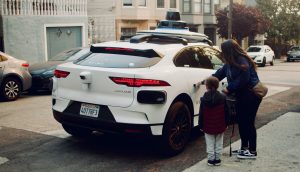
The rising — albeit slowly — comfort level with self-driving vehicles is good news for Waymo and other.
Data privacy and hacking remain top concerns as 64% of consumers express concern that the data collected in the vehicle is not safe and secure and 80% want to understand what is being done to prevent fully automated, self-driving vehicles from being hacked. In fact, this issue is becoming so important to consumers that 40% (definitely and probably will) indicated that the automaker’s data protection policy will be a reason to purchase one brand over another when shopping for their next vehicle.
“Consumers are increasingly concerned with data privacy and this study shows a strong link to fully automated self-driving vehicles,” said Bryan Reimer, Ph.D., research scientist in the AgeLab at the MIT Center for Transportation and Logistics and a founder of MIT’s Advanced Vehicle Technology (AVT) Consortium.
“Data security and transparency regarding data use are becoming increasingly important as a foundation for building trust in technology and connected digital solutions. Trust is built over time but can be quickly eroded. The news media’s attention to a recent failure by one automotive manufacturer to safeguard drivers’ privacy is likely provoking anxiety among automotive consumers.”
Other wants
The study also came up with other interesting findings from consumers, including:
- Drones in demand:This year’s study also measures consumer confidence with various ways that automated self-driving technology may be deployed for air transportation, including drones and air taxis (i.e., aircraft with vertical takeoff and landing capabilities). Confidence in having packages delivered using an automated drone is 34%, more than double the rate of riding in a fully automated, self-driving air taxi (16%).
- Insurance per ride unexpected: Nearly three-fourths (71%) of consumers say they don’t expect to acquire insurance on a pay-per-ride basis when utilizing a robotaxi service. More than half (57%) agree that the vehicle owner will need liability coverage for any fully automated, self-driving vehicle.
- Parents of teens want ADAS technology: Parents of teen drivers are roughly twice as comfortable letting them drive the household vehicle (50%) than ride in a robotaxi (26%) or use Uber teen (29%). However, 39% of parents say they want the household vehicle to be equipped with Active Driver Assistance Systems (ADAS) technology for safety reasons.
The J.D. Power 2024 Mobility Confidence Index Study is based on responses from 3,000 vehicle owners in the United States who are age 18 or older, and who completed an online survey.

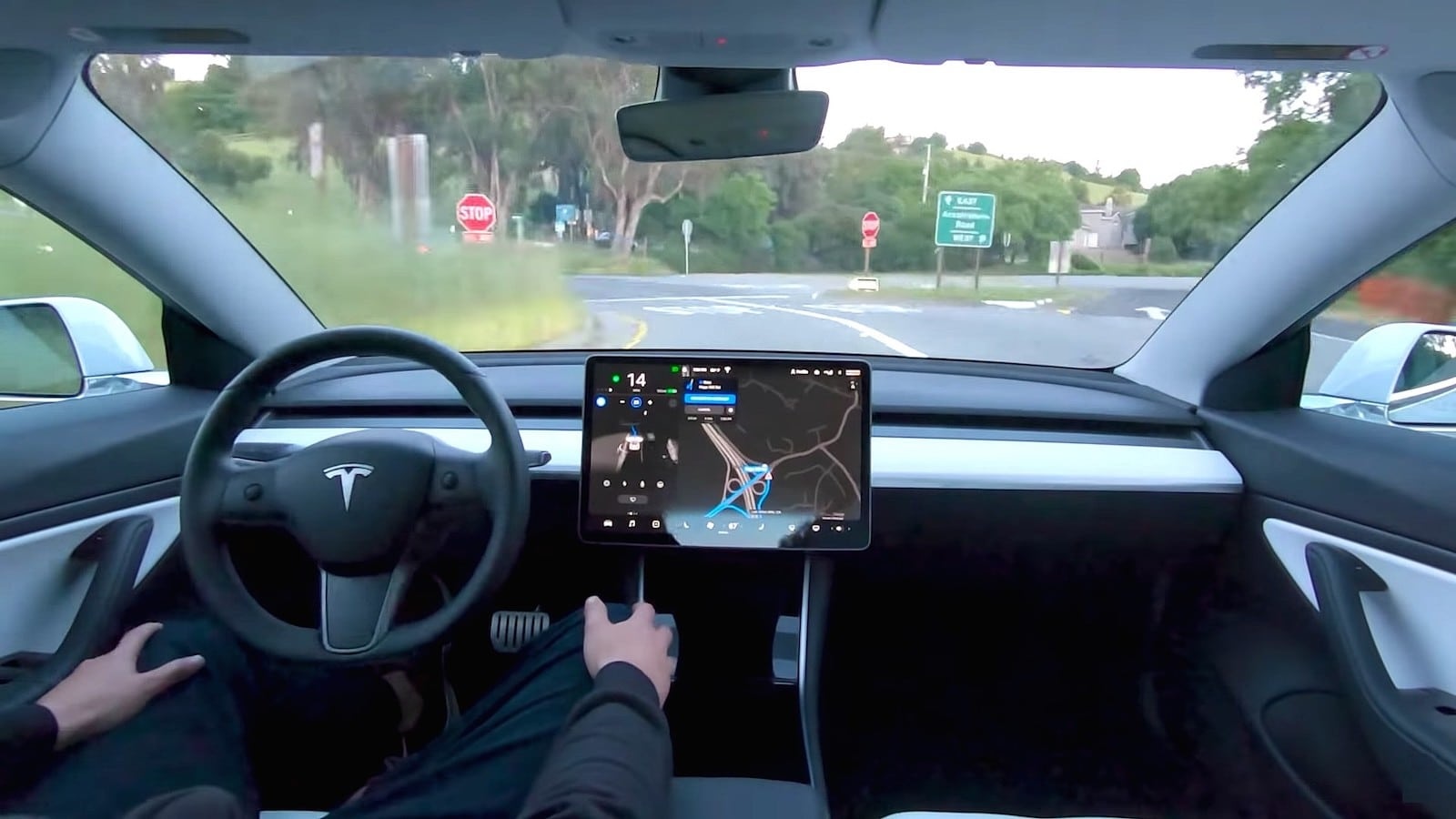
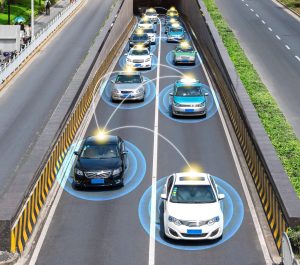

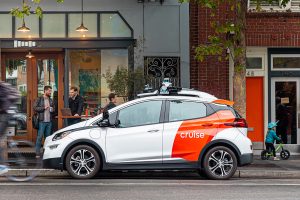

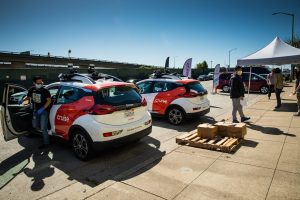
0 Comments